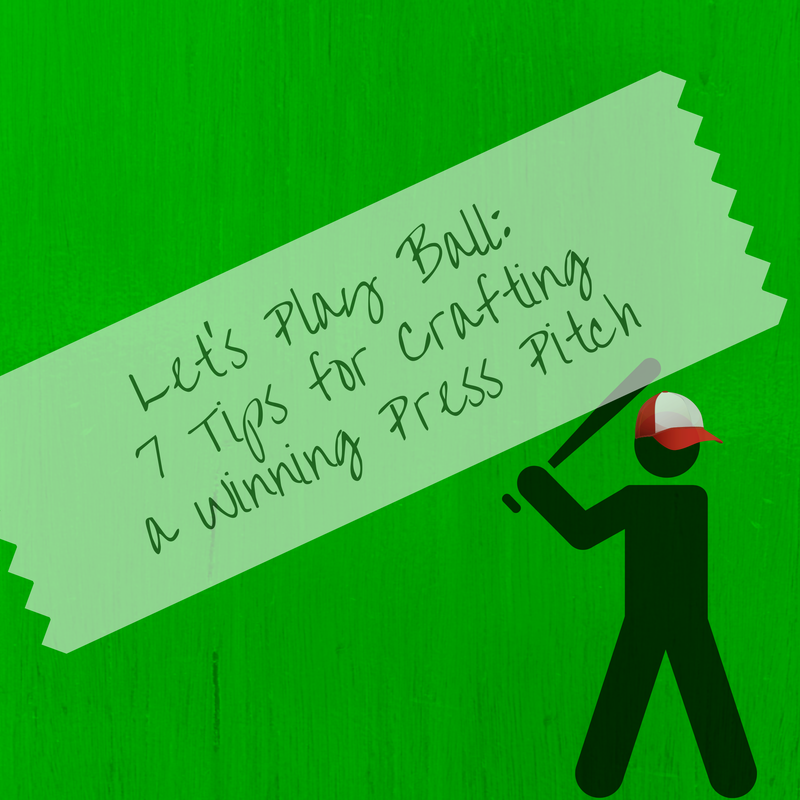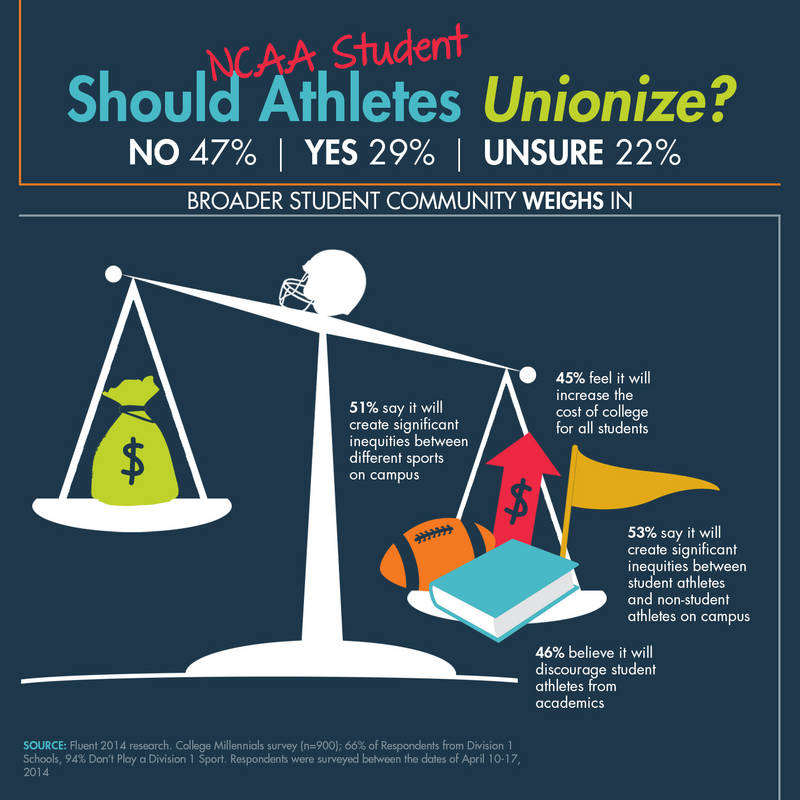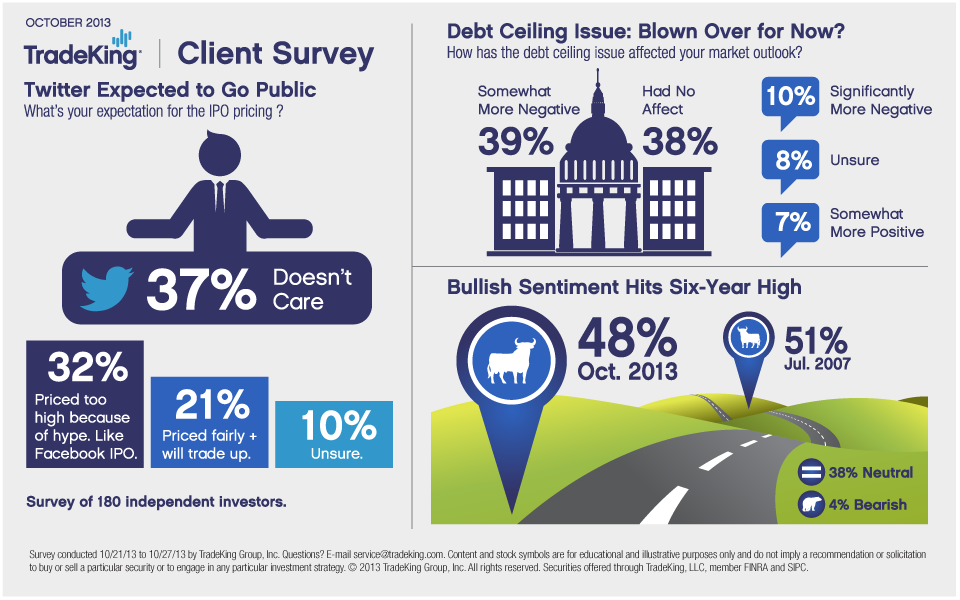TOP TALK
Let’s Play Ball: Seven Tips for Crafting a Winning Press Pitch

Posted By Colleen Irish on July 28, 2014
We're in the thick of baseball season, and here at Tier One, we're big fans of our hometown favorites, the Boston Red Sox and the Chicago Cubs. Sadly, neither team is having a season to brag about. No matter how great the effort from players like David Ortiz or Anthony Rizzo, if the opposing pitcher throws more strikes by keeping the ball down in the zone and avoiding the middle of the plate, well, that's a formula for success.
Just like in baseball, great pitching (of the press, that is) is a key component to a winning public relations strategy. Compelling, differentiated information conveyed via a smart media pitch can quickly attract the interest of a reporter, whose time is extremely precious due to editorial deadlines, not to mention the hundreds of emails they receive daily.
So what are the key principles to keep in mind when writing an effective press pitch?
1. Cover Your Bases: Do Your Due Diligence
There's nothing worse than pitching a story idea that is completely unrelated to a reporter's beat. This is a sure way to earn real estate in the reporter's spam box, or become the next “bad PR example” in his Twitter stream. With Google Search and social media outlets such as Twitter and LinkedIn, along with PR tools like Cision and Bulldog Reporter, there are so many sources to gather background information on press outlets and reporters before reaching out to them. There's really no excuse for off-the-mark targeting unless a reporter has changed beats overnight. Not only should you look at the reporter's background and area of focus, but read some of their most recent articles to see where their interest lies. The media is much more likely to respond if they feel your connection is meaningful, thoughtful and relevant.
2. Don't Grandstand: Pitch a Story Idea, Not Your Company or Product
Another sure way to remain in the bullpen (or spam folder) is to come across as promotional and self serving. Too many times, PR reps are asked to pitch a version of a company's marketing messages or a recent press release that offers little value to a reporter. Make sure what you put out there is important and relevant to the business world, but is also framed in a way the reporter can use. Paint a picture for the reporter in a way that interests her and outlines the real story of why her readers should care about this news or trend.
3. Don't Come Out of Left Field: Keep It Timely
Giving your pitch a timely hook tied to a current event is the strongest approach and offers the greatest odds for securing your place in a story. For instance, Tier One helped our client Fluent to jump on the news of college sports teams unionizing this past Spring by demonstrating their insights into the college community, and delivering this unique and distinct perspective to the press.

Look for current events, recent reports, or studies where you can offer an interesting point of view. Better yet, create your own industry survey or research report to show thought leadership and offer a valid news hook. A successful pitch requires creativity and a willingness to go the extra mile through reading, research, and general awareness to help journalists construct their story.
4. No Extra Innings: Get to the Point, Keep it Brief
Editors don't want to review long e-mails filled with unnecessary links and references. Direct, clever pitches with a strong story line and bulleted points allow for immediate interest and engagement with the editor or reporter. Give enough information to whet their whistle, without giving away the whole story. Once you've gained a reporter's interest and trust, they'll come back for more, and will let you know exactly what else they might need---interviews, customer references, etc.
5. Have a Game Plan: Give Plenty of Lead Time
Many reporters appreciate and even demand first dibs on a breaking story. If you have one to three reporters that matter most to your business, it's worth mapping out a timeline that allows you to approach these reporters first, in advance of the news or announcement. You can even offer them an exclusive and provide them with ample time to clear the decks and make time for covering your announcement. Waiting until last minute and firing out your news or pitches all at once can be a turn-off for many journalists. Consider placing an embargo on your news pitches and releases including the official release date up top, to show when the news will be made public. Most reporters honor embargoed dates (but be sure to ask first!) and appreciate the heads-up.
6. Put Yourself in a Scoring Position: Think Visually
2013 was the year for interactive storytelling, and 2014 is following in its footsteps. Journalists like the idea of mixing text, video, photography and graphics just as much as the content marketer. As you're crafting your pitch and thinking about the story you want to tell, don't blow your chances of grabbing the reporter's interest through a basic email pitch. Look for ways to tell or share your story visually, such as through a photo, video, or infographic. This allows you to highlight specific news points and elements of the story in your pitch, not to mention offering the reporter a visual to attach to his story for more viral content. For instance, TradeKing often includes infographics (such as this survey of independent investors' view of the current state of the market) to bring survey results to life.

7. Tag Up: Connect Socially and Share
Following local and national journalists and editors on social channels such as Twitter, Facebook, LinkedIn and Google+ can help you build relationships by simply replying to one of their tweets or status updates. They appreciate the recognition, especially when it comes to sharing an article they've penned. So once an article is published about your company, product or service, do the reporter a favor in becoming an active participant in getting the word out about the article – this will not only improve your relationship with this reporter, but will help build more visibility and improve the SEO for your company. Post a link to the story in your company's news or press section online and craft a blog post about the article that you can then link to your Facebook, Twitter and LinkedIn accounts.
With a little discipline and attention to these fundamentals, you'll find your batting average and pitching ERA in media relations and press coverage will improve this summer. We can only hope for the same with our favorite MLB teams.



